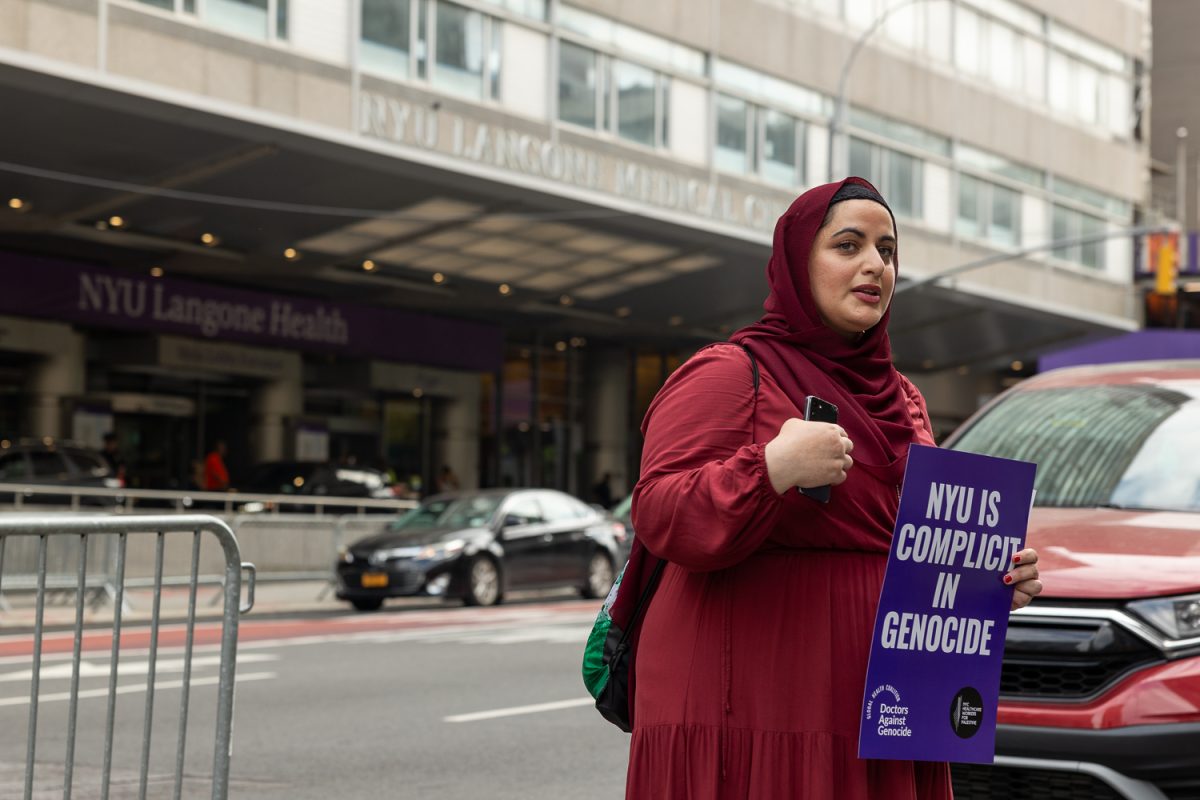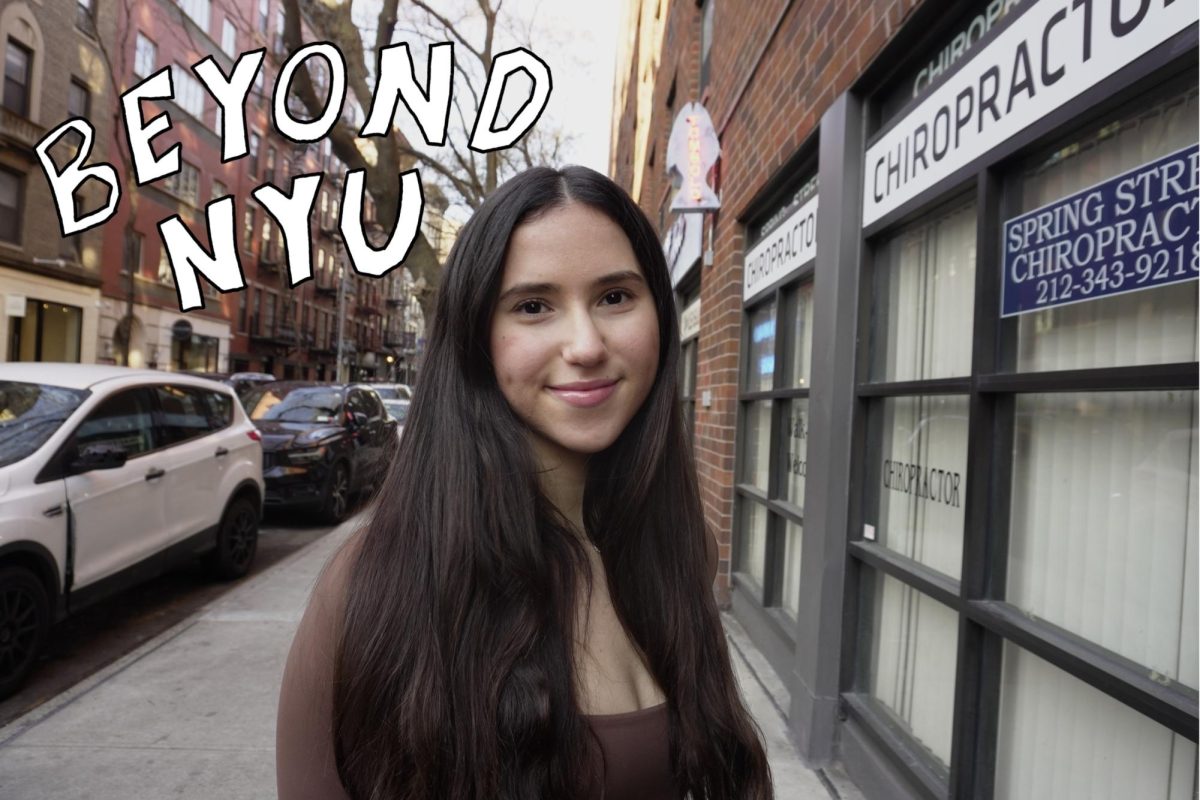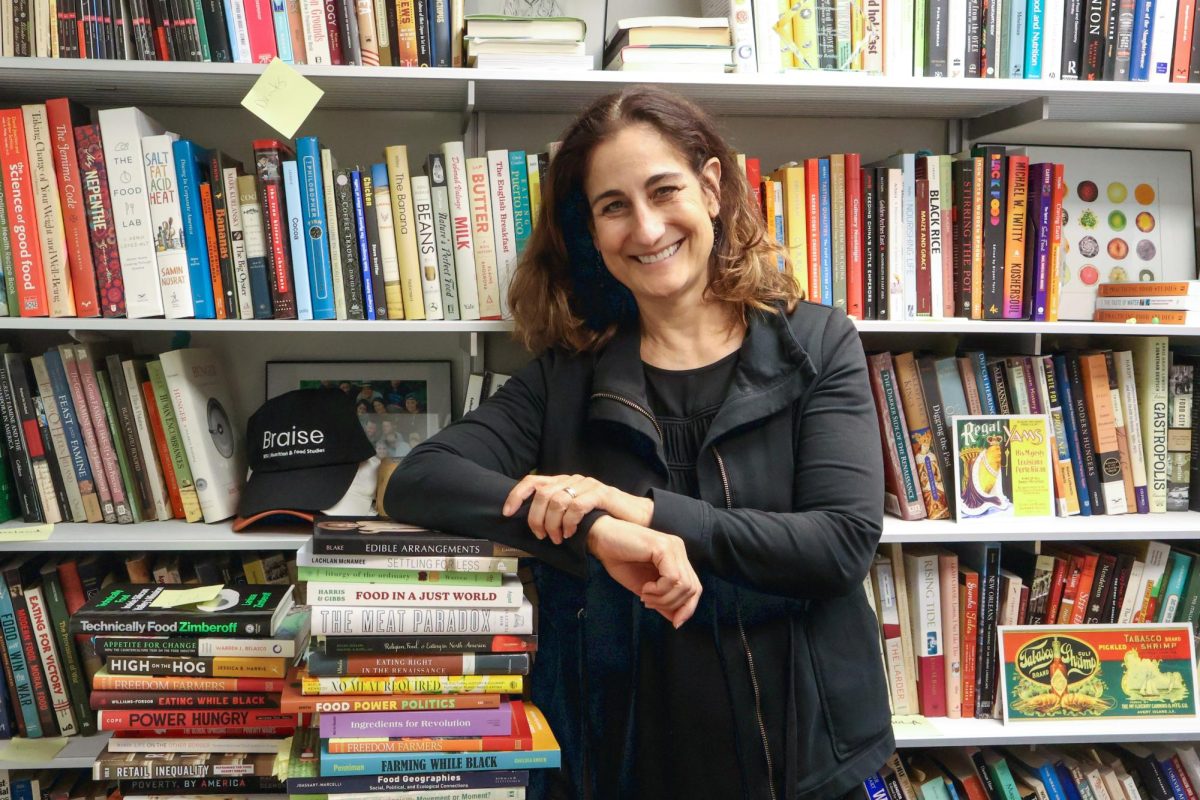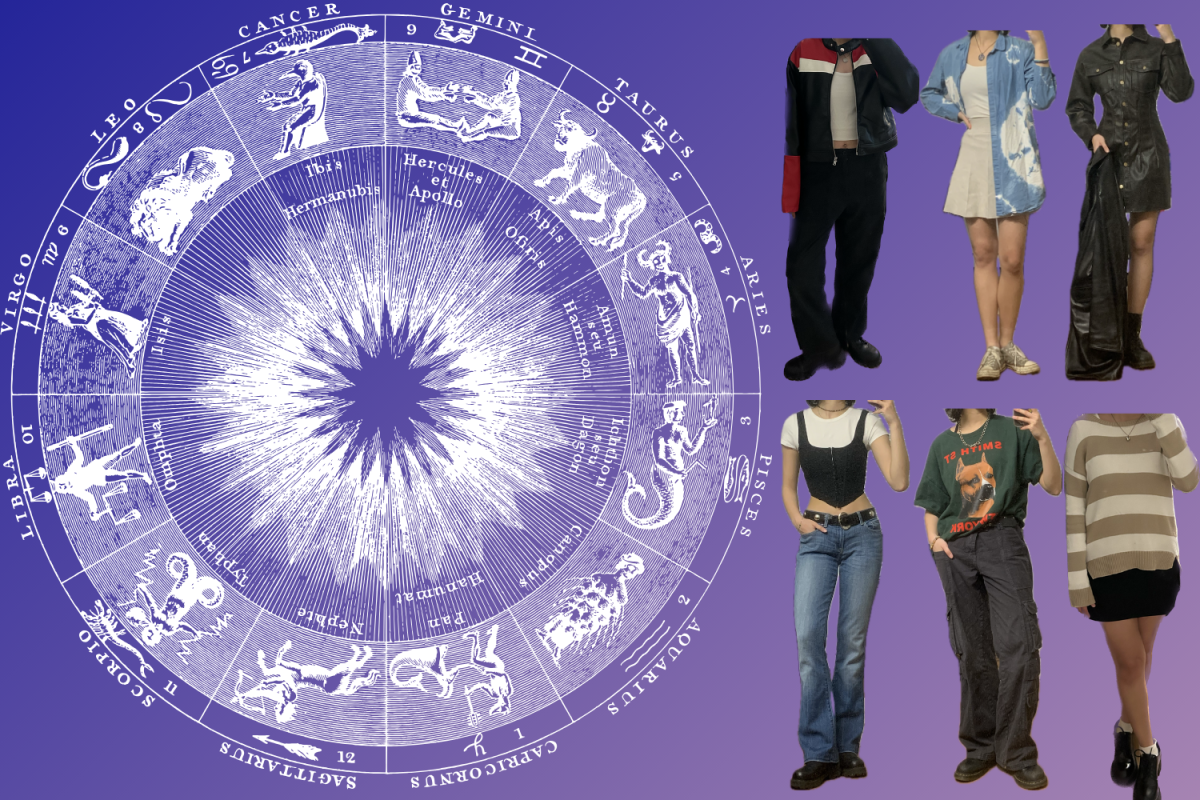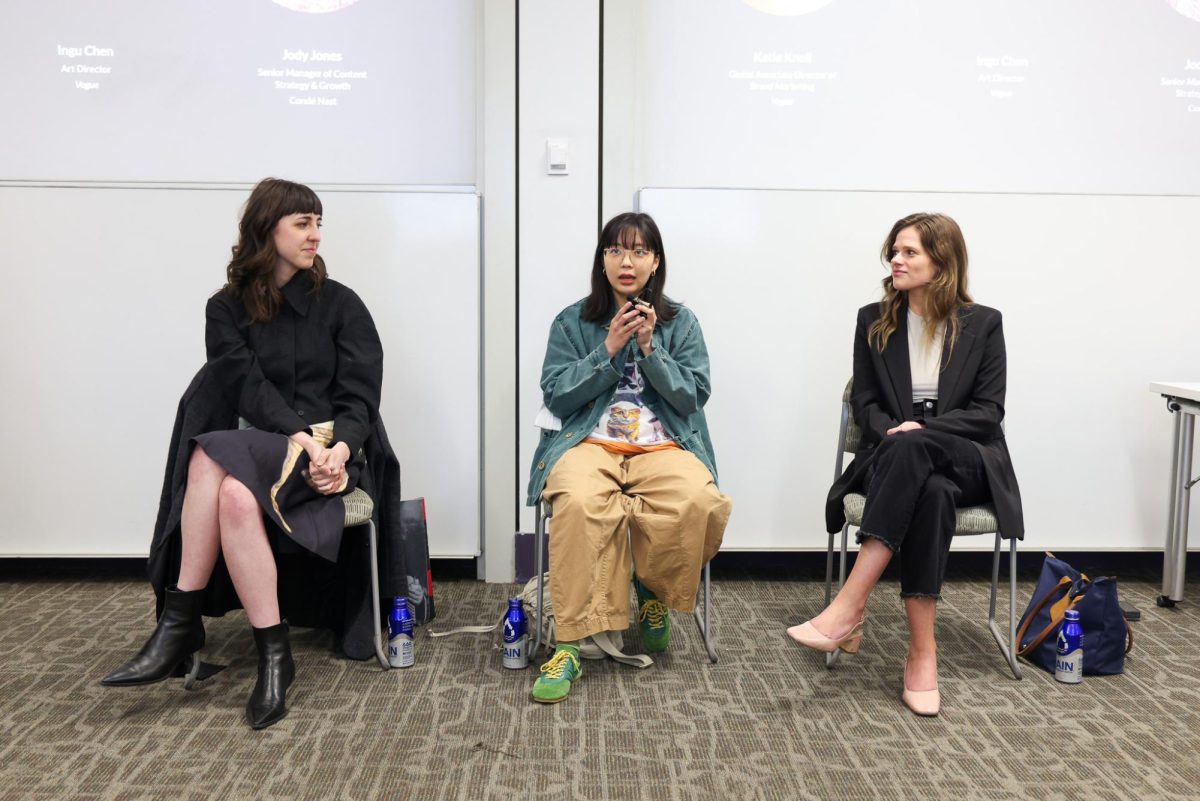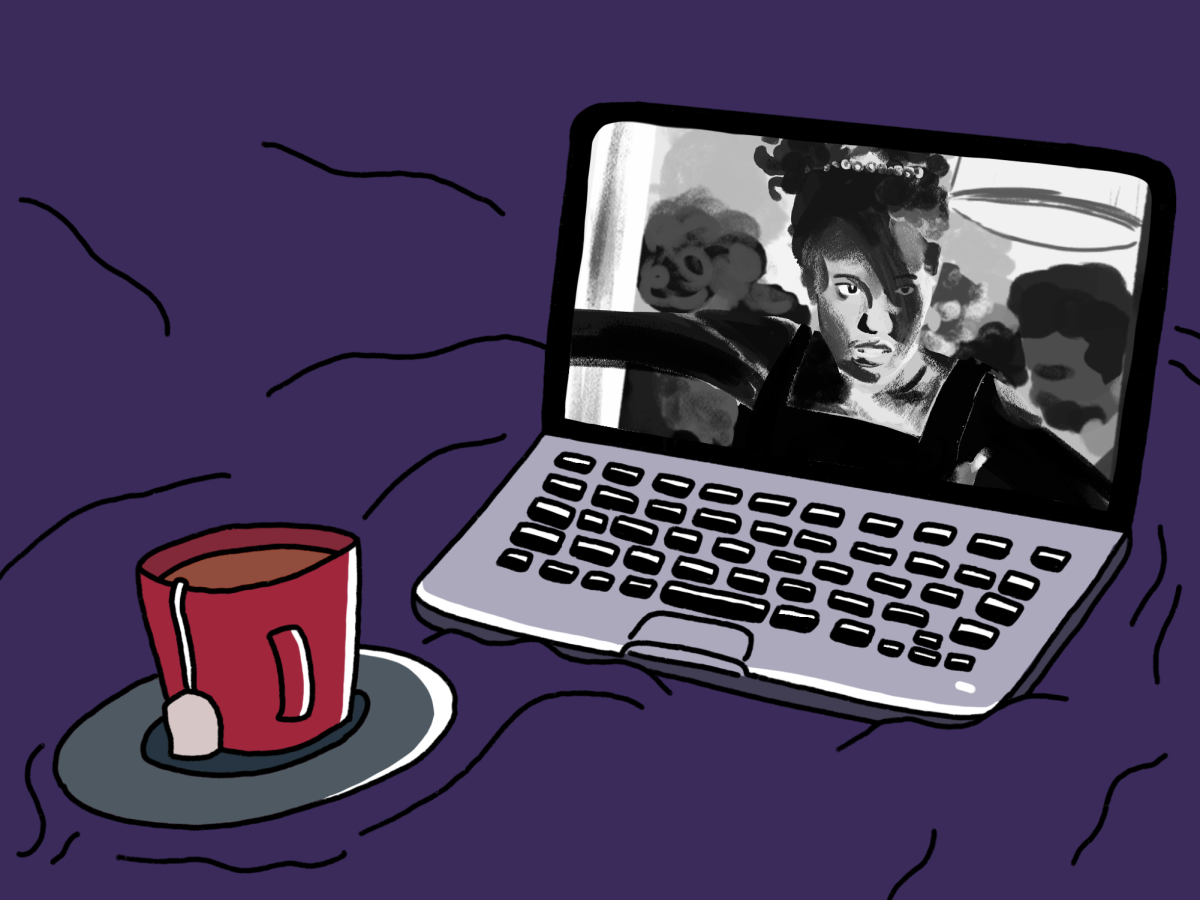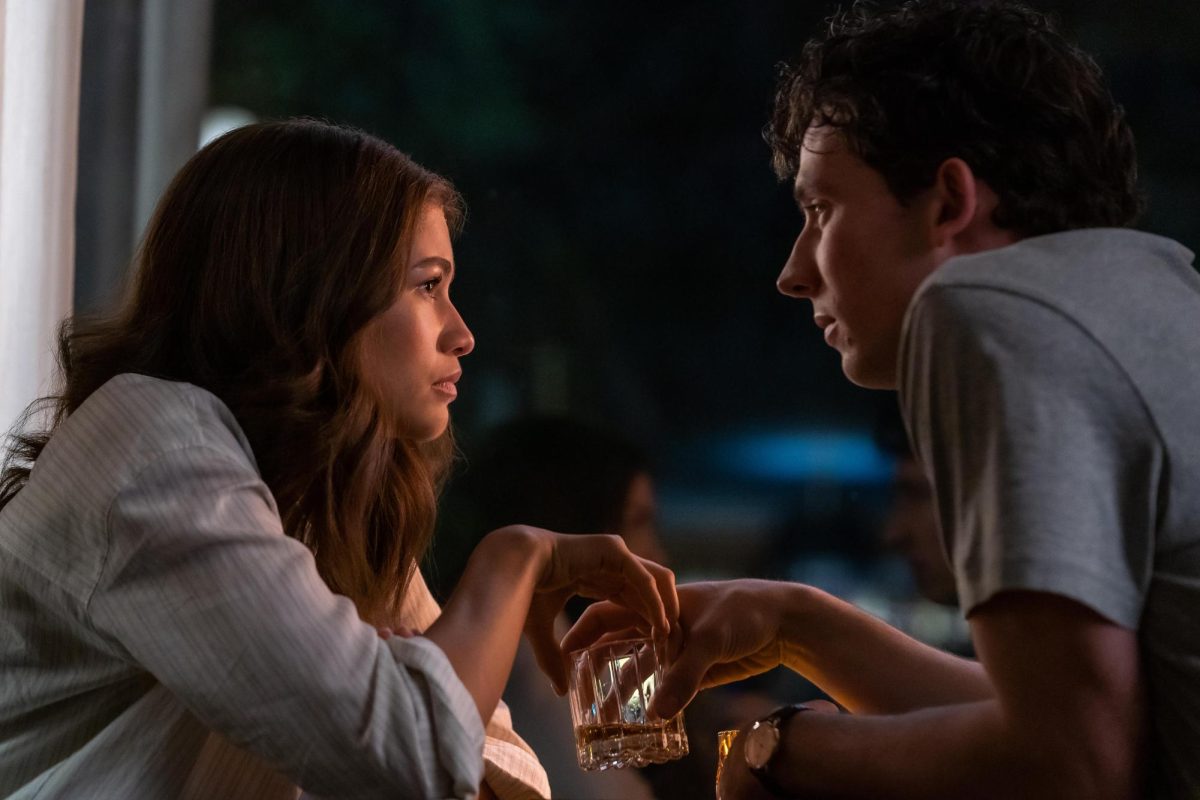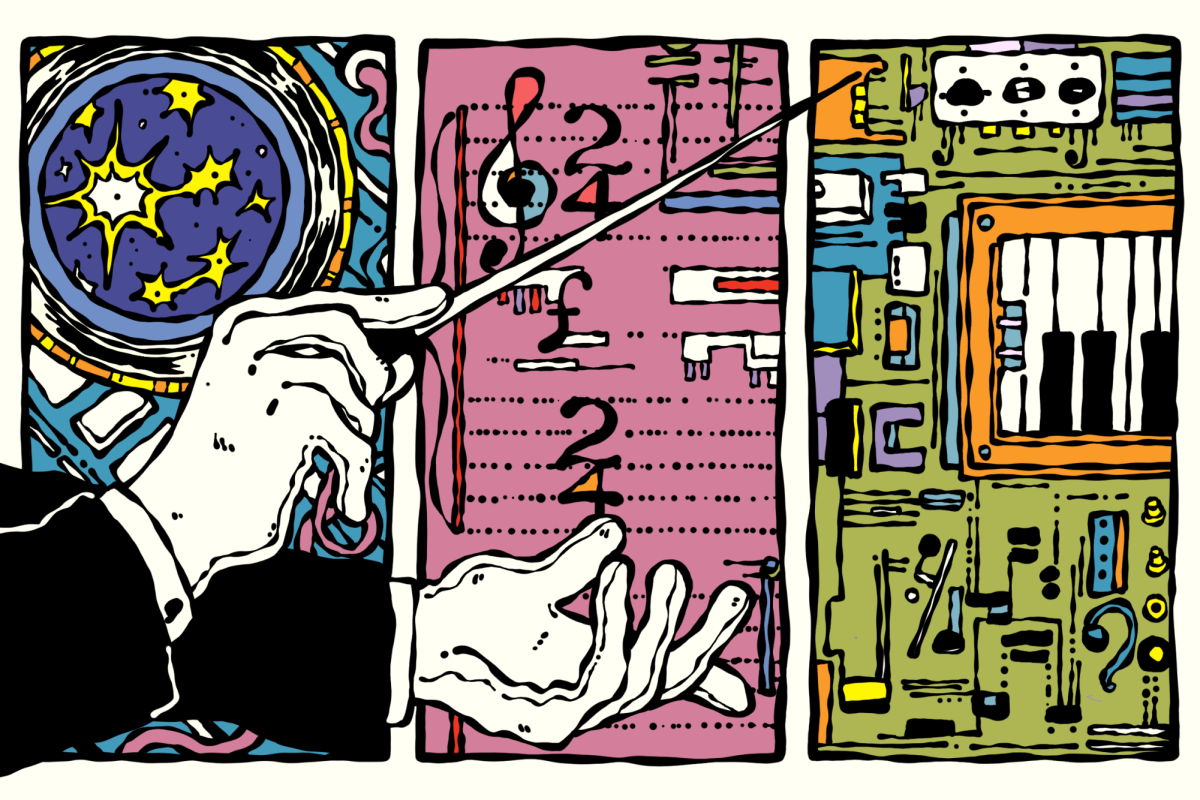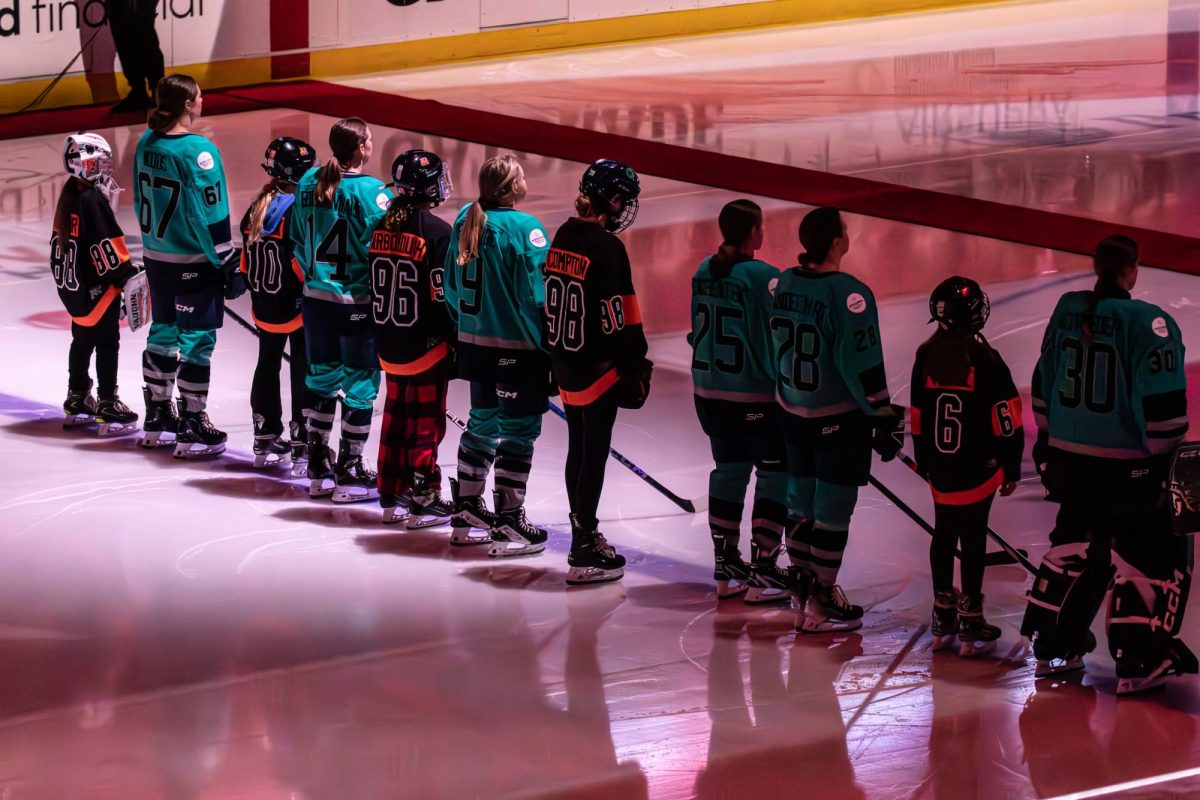Gilmore Girls Reflect Future of TV
November 28, 2016
On Nov. 25th, Gilmore Girls returned with its remarkable fast-paced dialogue and pop culture references. Surprisingly, the beloved show is not about a group of friends trying to figure it out, nor about bored parents and their offspring, but rather an alluring single mother and her daughter. The striking popularity of the TV series, however, highlights how deficient broadcast grids are when it comes to non-nuclear families and how much this must change.
Americans are uniquely influenced by television shows. The medium is as important as other sources of human interaction in formulating one’s views and opinions. Besides, television not only encourages a perspective on the self, but it also shapes the way people see others, including those who come from with different backgrounds. Thus, this shows how diverse family structures should be more present in television series, as there is still a considerable amount of estrangement when a child is raised in a structure other than the nuclear one. Nevertheless, traditional households are not even a reflection of the majority anymore. A 2014 research from the Pew Research Center demonstrated that only 46 percent of Americans under the age of 18 have a nuclear family — which consists of two heterosexual parents in their first marriage and their kids. This indicates how much television networks are behind on representing the reality of American families.
During the 1950s and 1960s, TV shows were mostly about idealized, white, traditional families; while some immigrants were depicted, they were often from European countries such as Italy and Ireland. However, this continued as a trend as this generic family structure and whitewashing proved to be popular and attracted a large audience. In the 1970s, more diversity was brought up to grids with the rise of the civil rights and feminist movements. However, most of them still revolved around a heterosexual couple and their kids. This lack of representation of different family dynamics is still seen today. While some household series, such as Modern Family, depict non-traditional family structures, the majority of television shows, including even the satirical cartoon The Simpsons, is still largely about traditional ones.
Even though producers have made a notable effort to include different family dynamics, it is not enough. Family shows are still centered on married couples and their children. This, however, only goes to show how much of a difference TV representation of diverse families would make; after all, they would add a new viewpoint to networks. Nonetheless, while kids who are raised in nontraditional families still face judgment, society has become much more lenient on families that do not follow the nuclear family formula, parents have the choice to jump off the norm. They are not overwhelmingly pressured to accept it anymore. Thus, instead of underlining the same perspective, television series should celebrate the many different environments in which a child can grow up.
Opinions expressed on the editorial pages are not necessarily those of WSN, and our publication of opinions is not an endorsement of them.
A version of this article appeared in the Monday, November 28th print edition. Email Cara Zambrano at [email protected].



